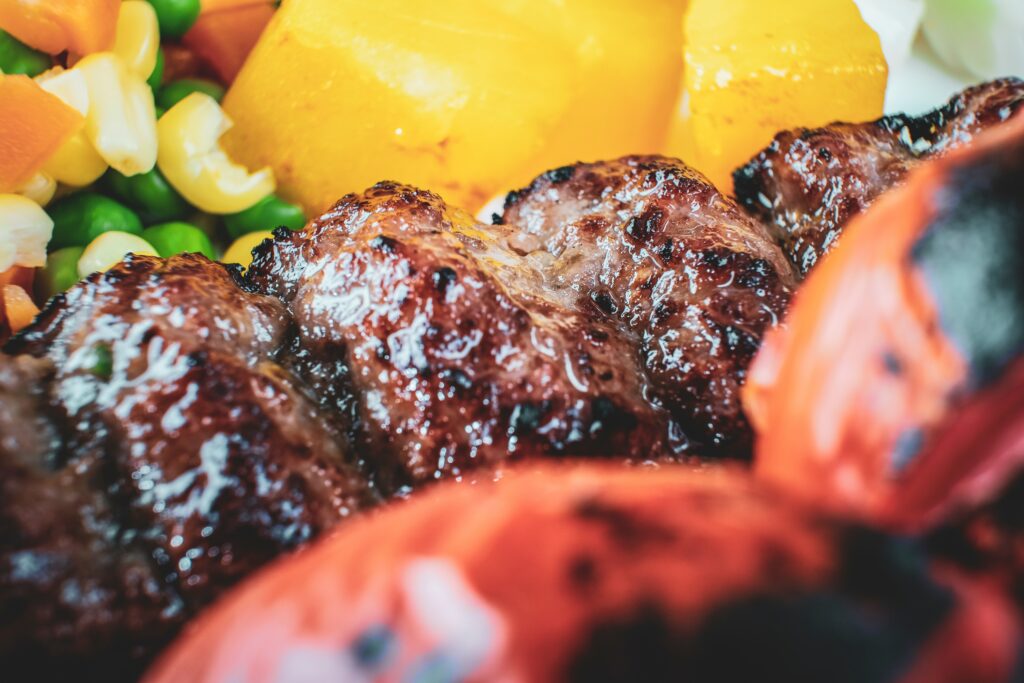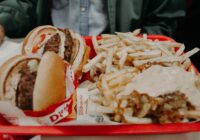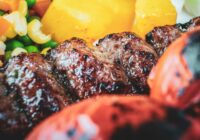
This is an excerpt from The Engine 2 Seven-Day Rescue Diet.
1. Alcohol is packed with empty calories. Like soda and fruit juice, alcoholic drinks are entirely empty calories. One jigger of whiskey contains 105 calories, a pint of beer can have close to 200 calories, and that after-work gin and tonic is another 200 calories. But the problem with liquor extends beyond the calories.
2. Alcohol inhibits your body’s ability to burn fat by as much as 30 percent, and it’s a known toxin to just about every organ in your body, especially your liver, brain, heart, and kidneys—important organs you want to keep around as long as possible.
3. Alcohol increases your appetite, which leads to overconsumption. Everyone knows about alcohol’s effect on decision-making abilities, but it also leads to some other bad choices aside from drinking and driving. You down lots of booze and suddenly you get the munchies. Why not have a double cheese pizza and a carton of wings and maybe a cupcake or two? Before long, those 300 empty alcohol calories lead to 1,500 empty food calories.
4. There are no nutrition labels on those bottles. Most people have no idea how many calories they’re taking in with each sip, shot, or gulp. The fact is, a bottle of wine a week will add about ten pounds worth of calories a year, as will a bottle of beer every night. And that’s just one bottle!
5. Alcohol causes liver disease. While half of all alcohol-related deaths are related to drunk driving and other accidents, the other half is due to liver disease. Drinking alcohol in excess amounts leads to the inflammation and accumulation of fat in the liver, a condition called fatty liver disease. The CDC notes that excess drinking means more than two drinks a day for men or one drink a day for women, but the Cleveland Clinic points out that up to 40 percent of people with more modest alcohol intake can also develop fatty deposits in their liver. The bottom line is that any amount of alcohol can cause liver inflammation
So what’s the big deal? We’ve all got some flab in our bellies and thighs, what’s a little more in the liver? Well, heavy drinking can result in a fatty liver in as little as three weeks. Over time, as you continue to drink, repeated inflammation and fat deposits can lead to a condition called alcohol-induced hepatitis, and, eventually, cirrhosis, an irreversible scarring of the liver. Scar tissue cannot do what healthy liver tissue can: make proteins, fight infections, clean the blood. Only by cutting out alcohol entirely can you stop alcohol-induced liver disease before it’s too late. Nothing can make scarred tissue go away, but removing alcohol from the equation can prevent liver scarring from getting worse.
6. Alcohol consumption has been linked to cancer. In fact, in its 2011 “Report on Carcinogens,” the U.S. Department of Health and Human Services listed alcohol as a known human carcinogen, and the World Health Organization upgraded its categorization of alcohol to a definitive human breast carcinogen. When you drink, your body metabolizes the ethanol in drinks into acetaldehyde, a toxic chemical that can damage cell DNA, possibly leading to cancerous mutations. In addition, alcohol intake can give rise to free radicals, those unstable molecules that stampede through your bloodstream, smashing into other cells and causing cancerous mutations by scrambling their DNA.
If you don’t take it from us, take it from the World Heath Association: No amount of alcohol is safe. Or from the CDC: “All alcoholic drinks, including red and white wine, beer, and liquor, are linked with cancer. The more you drink, the higher your cancer risk.”
We recognize that learning how to replace the effects of a nightly drink is hard. And we also know that pointing out the evidence around alcohol isn’t going to win us any friends. But evidence-based nutrition is our North Star, and we will always let the research be our guide. For more information on alcohol, watch this short video below.








